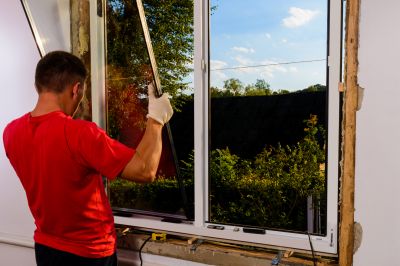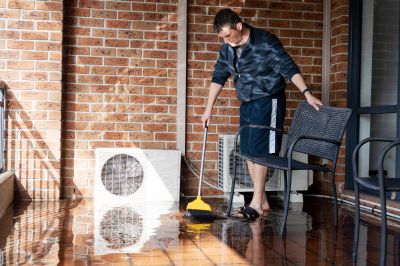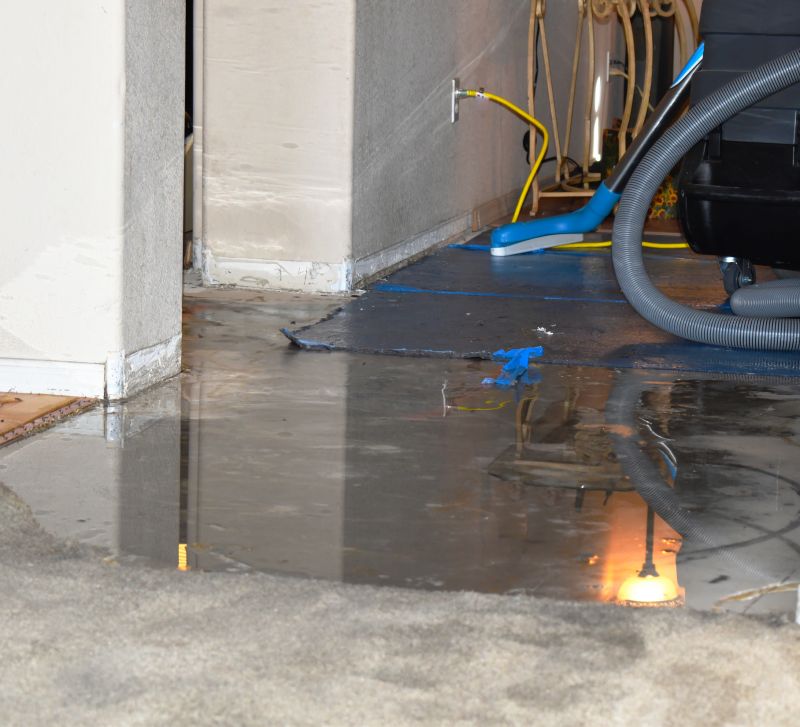Optimal Timing for Storm Restorations
Determining the optimal time for storm restorations involves considering seasonal weather patterns, regional climate, and the aftermath of storm events. Typically, the most effective period for conducting storm restoration projects is during late spring through early fall when weather conditions are more predictable and conducive to construction activities.
Spring and summer months generally offer stable weather, reducing delays caused by rain or snow, which are common in colder months.
Immediately after storms, restoration efforts are crucial to repair damages and prevent further deterioration.
In Michigan, late spring to early fall provides the best window for effective storm restorations due to milder weather.
Planning outside of peak storm seasons minimizes the risk of project delays caused by severe weather events.

Assessing damage early after storms ensures timely restoration planning.

Preparing equipment during favorable weather accelerates repair processes.

Weather conditions influence the scheduling and success of storm restoration efforts.

Ways to make Storm Restorations work in tight or awkward layouts.

Popular materials for Storm Restorations and why they hold up over time.

Simple add-ons that improve Storm Restorations without blowing the budget.
| Factor | Details |
|---|---|
| Seasonality | Spring to early fall offers the best weather conditions for restorations. |
| Storm Frequency | Regions with frequent storms require flexible scheduling. |
| Weather Stability | Consistent dry weather minimizes project delays. |
| Regional Climate | Michigan's climate favors late spring through early fall. |
| Post-Storm Window | Immediate response post-storm is critical for damage mitigation. |
| Forecast Reliability | Accurate weather forecasts aid in planning restoration activities. |
| Temperature Range | Moderate temperatures improve work conditions and material handling. |
| Project Urgency | Damages requiring urgent repairs may necessitate working during less ideal times. |
Storm restorations are essential for repairing damages caused by severe weather events such as high winds, hail, and heavy rain. These efforts help to restore structural integrity, prevent further deterioration, and ensure safety. Proper timing enhances the effectiveness of restoration projects, reduces costs, and minimizes disruptions to property owners. Planning restorations during favorable weather conditions allows for more efficient work and reduces the risk of delays caused by adverse weather.

Restoration teams working efficiently during suitable weather conditions.

Thorough assessment to determine repair priorities.

Specialized tools facilitating effective repairs.

Restoration projects finalized with quality workmanship.

High-end options that actually feel worth it for Storm Restorations.

Finishes and colors that play nicely with Storm Restorations.

Little measurements that prevent headaches on Storm Restorations day.

A 60-second routine that keeps Storm Restorations looking new.
Choosing the right time for storm restorations can significantly impact the success and efficiency of repair efforts. By aligning restoration schedules with favorable weather patterns, property owners and contractors can ensure timely and effective repairs. Regular monitoring of weather conditions and preparedness for immediate response after storm events are key components of successful storm restoration strategies.
Interested in storm restoration services? Fill out the contact form to get started.
